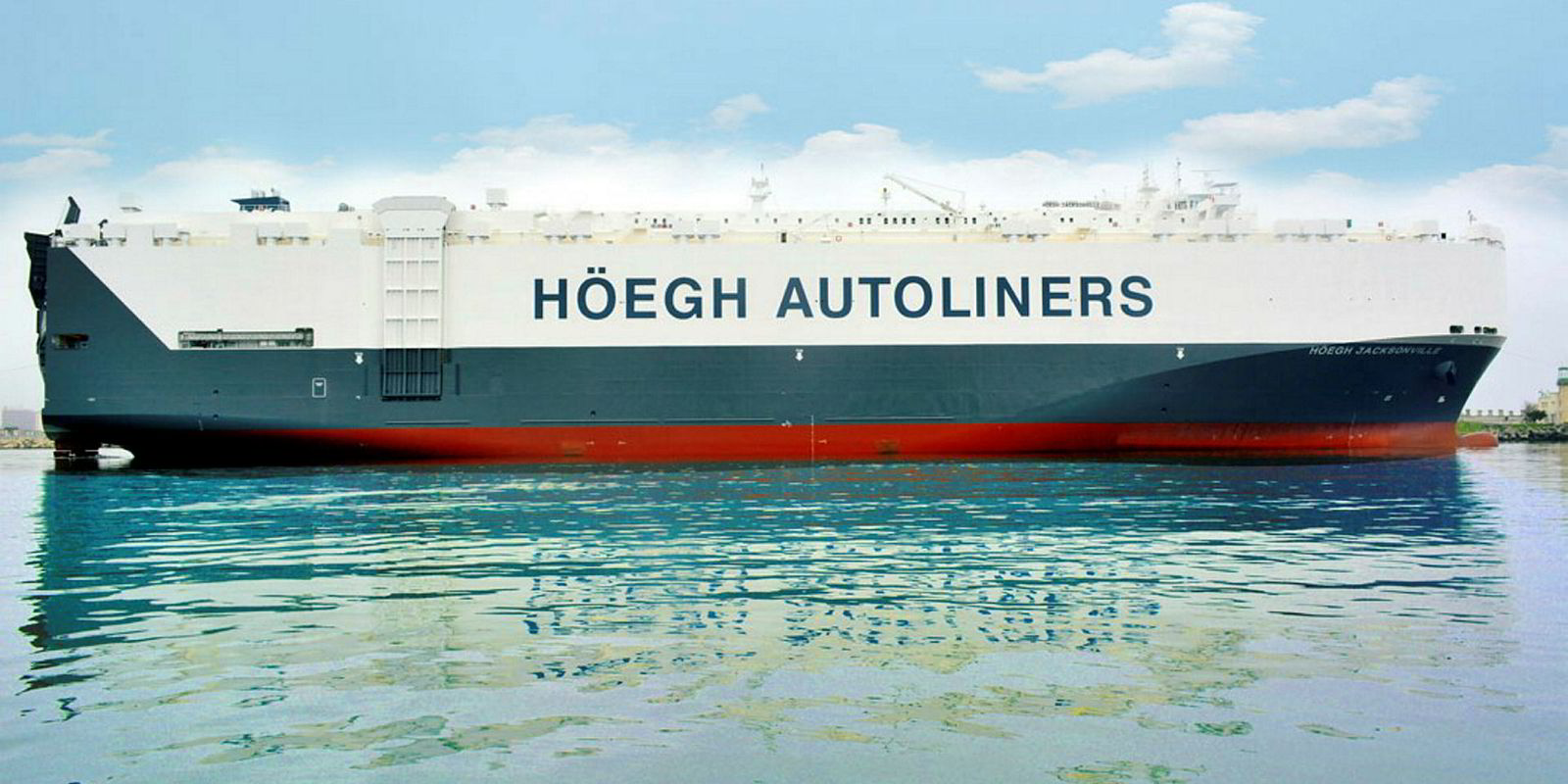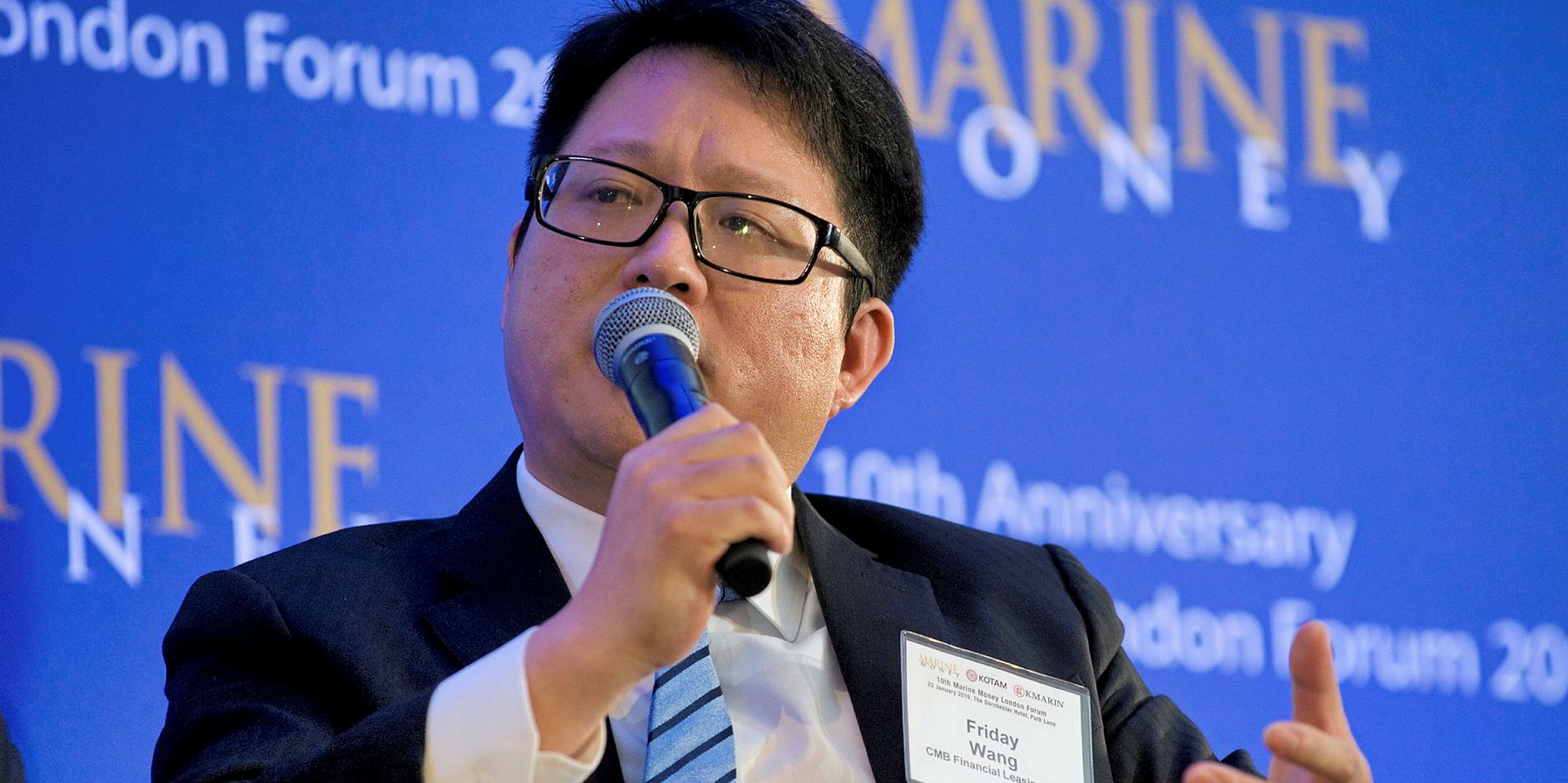Hoegh Autoliners has been looking as LNG as a dual-fuel option for its vessels, its chief executive Ivar Hansson Mykleburst says.
Wider adoption of LNG as marine fuel will, however, require technological innovation, particularly from engine manufacturers, Mykleburst said during a panel at the Marine Money conference in London on Wednesday.
The main argument against running vessels on LNG, from Hoegh Autoliners’ perspective, is the large storage space required on deck for LNG fuel tanks, which could otherwise be filled with automotive cargo.
“To justify the investment in dual fuel, you would need to see an average increase in the revenue of the vessel of somewhere between 20-35% to justify it on a running day basis, even though the LNG fuel has been consistently quite cheap," Mykleburst said.
The cost of such engines remains preventative for many vessel types, although has fallen and may decline further in the coming years.
“I understand that the first people to look at it were Maersk four or five years ago but they were offered $20m for putting on a dual-fuel engine,” said Euronav chief executive Paddy Rodgers, who was also on the Marine Money panel.
“I’ve understood that it’s looking like about half that at the moment – and if the shipyards are under pressure, it could fall further,” Rodgers said.
A capital investment of $10m might be possible for a large containership, but is a different question for a supramax bulker or MR tanker, Mykleburst told the conference.
Nevertheless, operators of vessels on short-sea trades within sulphur emissions control areas (SECAs) are increasingly opting for LNG dual-fuel propulsion, especially with long-term commitment from customers, he said.
But such commitments are increasingly hard to get in sectors that are plagued by overcapacity, he continued, not just for car carriers but in many other sectors.
Neither is LNG the solution to reducing greenhouse gas emissions from ships, Mykleburst went on, as the fuel emits more CO2 than conventional marine fuels when it is burned.
“We need to talk to our engine suppliers. There hasn’t happened a lot in ship engines for the past 60 years,” Mykleburst said, comparing the innovation seen in automotive engine technology.
“I would assume – and some engine manufacturers have confirmed to us – that both on the issue of fuel efficiency, on the ability to burn a wider range of fuels in terms of viscosity, which is a problem for older engines, that that’s one of the reasons why scrubbers are there for some of the older vessels,” he told the conference.
“There’s a lot that can be done on the engine side. It will increase the investment cost, but I think that’s necessary for the future,” he said.
“It’s not one single solution but it will require technological development.”







